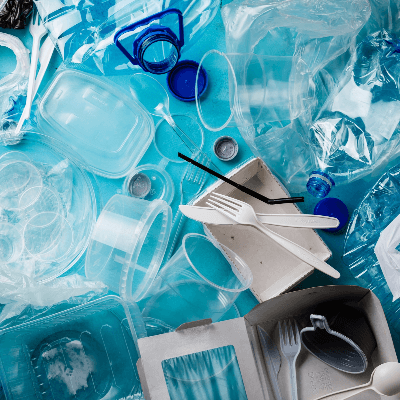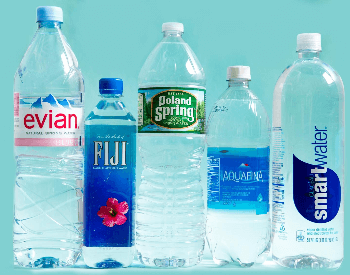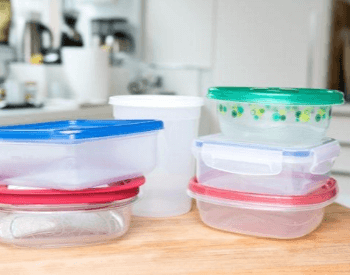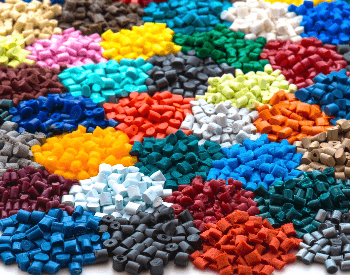
This web page contains plastic facts for kids and is an excellent resource for anyone of any age looking to learn about plastic products and materials. Our goal is to provide you with accurate, up to date facts about plastics. In addition to facts about plastic, we provide additional resources to help you with your research on plastic materials and products.
The plastic facts below will help you learn about who invented plastic, what is plastic used for, how plastic is made, how plastic affects the planet and other plastic related facts. We hope these plastic facts are interesting and help you learn more about this revolutionary man made material.
If any of the below plastic facts are inaccurate, please contact us and let us know.
25 Plastic Facts for Kids
- Plastic is a human-made material that can be shaped into many different solid objects.
- British inventor Alexander Parkes is credited with inventing the first man-made plastic called Parkesine.
- There are ten common types of plastic manufactured and used today by humans.
- The ten common types of plastic are acrylonitrile butadiene styrene (ABS), polyamide (PA), polycarbonate (PC), polyester (PES), polyethylene (PE), polypropylene (PP), polystyrene (PS), polyurethane (PU), polyvinyl chloride (PVC) and polyvinylidene chloride (PVDC).
- Acrylonitrile butadiene styrene is common in things like electronic equipment cases and drainage pipes.
- Polyamide plastic is common in things like fishing line, bristles of a toothbrush and firearm frames.
- Polycarbonate plastic is common in things like compact discs (CDs), lenses and eyeglasses.
- Polyester plastic is common in things like clothing, bedding and other textile products.
- Polyethylene plastic is common in things like containers, bottles and cases.
- Polypropylene plastic is common in things like automobiles, appliances and pipes.
- Polystyrene plastic is common in things like disposable cups, disposable utensils and foam peanuts.
- Polyurethane plastic is common in things like automobiles and foam cushions.
- Polyvinyl chloride plastic is common in things like window frames, flooring and a wide variety of plumbing pipes.
- Polyvinylidene chloride plastic is common in things like food packaging and artificial grass.
- According to National Geographic, the worldwide production of plastics has grown from 147 million tons in 1993 to over 406 million tons in 2015.
- In 2017, it’s estimated the United States generated 35.4 million tons of plastic products.
- In 2017, it’s estimated that out of the 35.4 million tons of plastic produced in the United States, only 3 million tons of it was recycled by consumers and businesses.
- In 2017, Environmental Protection Agency (EPA) estimated that plastics made up 19.2% of U.S. landfill materials.
- About 8% of the oil produced worldwide is used in the production of plastic products and materials.
- Certain types of plastics can take up to 1,000 years to biodegrade.
- Plastic makes up a large part of the Great Pacific garbage patch, also known as the Pacific trash vortex.
- The Great Pacific garbage patch is estimated to be between 270,000 and 5,800,000 square miles in size.
- The North Atlantic garbage patch is estimated to contain mostly microplastics.
- According to the United Nations Ocean Conference, it’s estimated that by 2050 the oceans will contain more weight in plastic than in fish.
- A fungus known as Pestalotiopsis microspora was discovered to be able to breakdown and digest plastic.
Pictures of Plastic



Additional Resources with Plastic Facts
- What are Plastics? – Discover what plastics are and how they’re used on the PlasticsEurope website.
- Facts About Plastic Pollution – Learn about plastic pollution and how its affecting our planet on the National Geographic website.
- How to Recycle Plastics – Find out how you can help the environment by recycling plastics on the eco-cycle website.
- Plastic – Britannica – Read the plastic entry on the Britannica website to learn more about this polymeric material.
